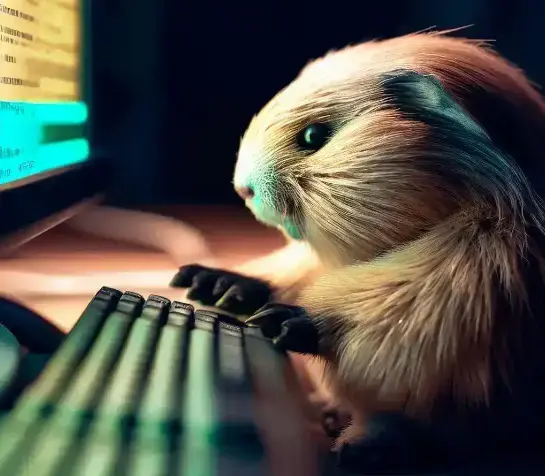https://webbtelescope.org/contents/media/images/2024/137/01JCGMPWZ9NE1M4RHXSAQ36DH6
Caption
This image compares the view of the famous Sombrero Galaxy in mid-infrared light (top) and visible light (bottom). The James Webb Space Telescope’s MIRI (Mid-Infrared Instrument) reveals the smooth inner disk of the galaxy, while the Hubble Space Telescope’s visible-light image shows the large and extended glow of the central bulge of stars.
Both the Webb and Hubble images resolve the clumpy nature of the dust that makes up the Sombrero Galaxy’s outer ring.
Credits
Image: NASA, ESA, CSA, STSCl, Hubble Heritage Project (STSCl, AURA)


Yes, you can! All telescope data like this is available on the Mikulski Archive for Space Telescopes (MAST), and there are a few online guides out there for processing the imagery. The colors seen in infrared images are chosen to represent relative wavelength, but a big part of it is choosing colors that show details and finer structures. A lot of what’s released to the public is designed with aesthetics in mind, often the raw data can be more valuable for scientific analysis. You can absolutely import images from both visible and NIR light to create a composite, in fact many of the IR images you see are already composites from various instruments.
Thanks for the info that’s really interesting